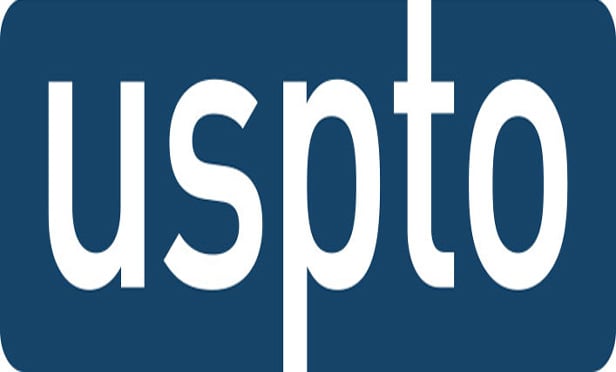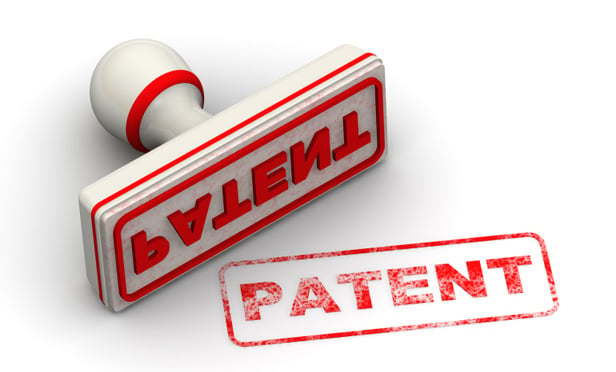Features

As Section 101 and the Progeny of Mayo and Myriad Continue to Wreak Havoc on Portfolios, How Is The Life Sciences Industry Fighting Back?
Since the U.S. Supreme Court decided Mayo and Myriad, the Federal Circuit has expanded the holdings and invalidated more patents directed to biological discoveries. If the newly discovered correlations and properties of what is found in nature cannot be patented, what strategies for protection are left for companies doing biological research?
Features

Stanford Is Serving 11 Flavors of NPE
Stanford Law School made available to the public a database of every patent lawsuit that's been filed since 2007.
Features

The USPTO Brings New Guidance to the Section 101 Quandary
<b><i>Part Two of a Two-Part Article</b></i><p>USPTO Attempts to Provide Greater Clarity for Patent-Eligible Subject Matter
Features

Patent Eligibility Remains Uncertain — Especially for the Life Sciences — Even After Recent Federal Circuit Decisions and Efforts By the USPTO to Bring Clarity
Part One of a Two-Part Article Congress is empowered to create a patent system to promote the useful arts, and it has enacted laws to create a patent system that encourages innovation. Balancing that power, however, the courts in recent years have tried to rein in the scope of the patent right by limiting the scope of patent-eligible subject matter.
Features

Use of Arbitration In Place of Inter Partes Review Proceedings
An IPR might be more efficiently accomplished through arbitration than through a PTAB proceeding, so it should be considered by practitioners.
Columns & Departments
IP News
Obviousness-Type Double Patenting Does Not Invalidate Section 156 Patent Term Extension <br>Federal Circuit Holds Assignor Estoppel Does Not Apply in IPR Context<br>Federal Circuit Reverses District Court Holding of Patent Ineligibility of Computer Security Patent
Features

The PTAB's New Claim Construction Standard: Will the Real Impact Please Stand Up
Beginning on Nov. 13, 2018, the USPTO will cease to apply the broadest reasonable interpretation (BRI) standard for newly-filed IPR, PGR, and CBM trials under the America Invents Act (AIA). Instead, the USPTO will begin "using the same claim construction standard that would be used to construe the claim in a civil action …."
Features

The 'New NAFTA' and How It Will Affect Intellectual Property Law
The stage is set for the 24-year-old north American Free Trade Agreement (NAFTA) to end and the U.S. Mexico Canada Agreement (USMCA), which has implications for intellectual property, to take its place.
Features

The High Bar for Challenging an Improperly Revived Patent
The recent <i>In Re Rembrandt Technologies</i> decision is a reminder of both the potential consequence of a patent holder's disingenuous assertion of unintentionality and the challenges that defendants face when raising the improper filing of a petition to revive a lapsed patent as a defense.
Features

Non-Traditional Trademarks: The Elusiveness of Branding a Trend
A look at several unique trademark cases where the plaintiff fashion brand proactively sought to invalidate a competitor's non-traditional trademarks, an action which reflects a push back on increasingly aggressive litigation tactics by fashion brands seeking to blur the lines between a non-protectable fashion trend and a protectable trademark.
Need Help?
- Prefer an IP authenticated environment? Request a transition or call 800-756-8993.
- Need other assistance? email Customer Service or call 1-877-256-2472.
MOST POPULAR STORIES
- The DOJ's New Parameters for Evaluating Corporate Compliance ProgramsThe parameters set forth in the DOJ's memorandum have implications not only for the government's evaluation of compliance programs in the context of criminal charging decisions, but also for how defense counsel structure their conference-room advocacy seeking declinations or lesser sanctions in both criminal and civil investigations.Read More ›
- The DOJ's Corporate Enforcement Policy: One Year LaterThe DOJ's Criminal Division issued three declinations since the issuance of the revised CEP a year ago. Review of these cases gives insight into DOJ's implementation of the new policy in practice.Read More ›
- Use of Deferred Prosecution Agreements In White Collar InvestigationsThis article discusses the practical and policy reasons for the use of DPAs and NPAs in white-collar criminal investigations, and considers the NDAA's new reporting provision and its relationship with other efforts to enhance transparency in DOJ decision-making.Read More ›
- Don't Sleep On Prohibitions on the Assignability of LeasesAttorneys advising commercial tenants on commercial lease documents should not sleep on prohibitions or other limitations on their client's rights to assign or transfer their interests in the leasehold estate. Assignment and transfer provisions are just as important as the base rent or any default clauses, especially in the era where tenants are searching for increased flexibility to maneuver in the hybrid working environment where the future of in-person use of real estate remains unclear.Read More ›
- A Lawyer's System for Active ReadingActive reading comprises many daily tasks lawyers engage in, including highlighting, annotating, note taking, comparing and searching texts. It demands more than flipping or turning pages.Read More ›
